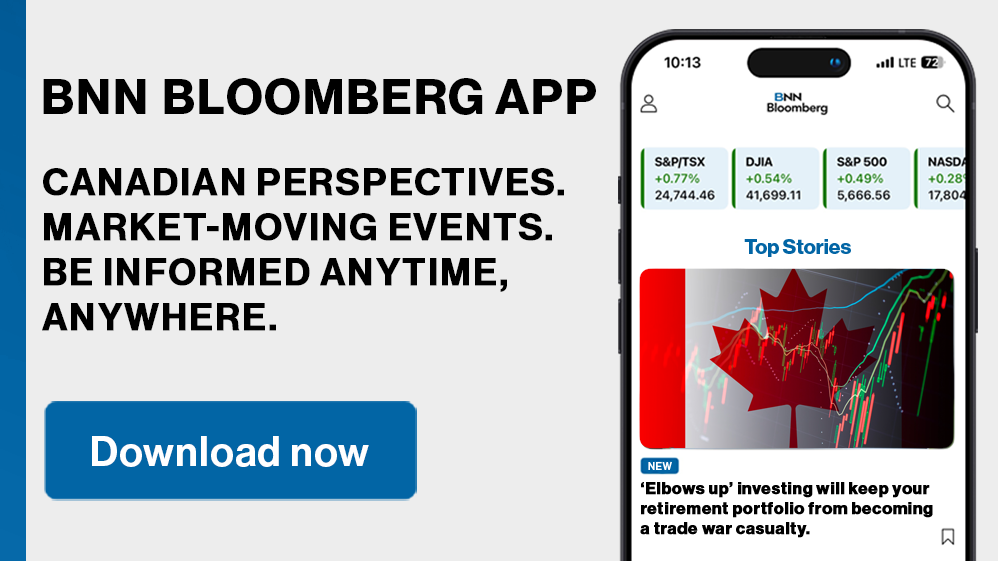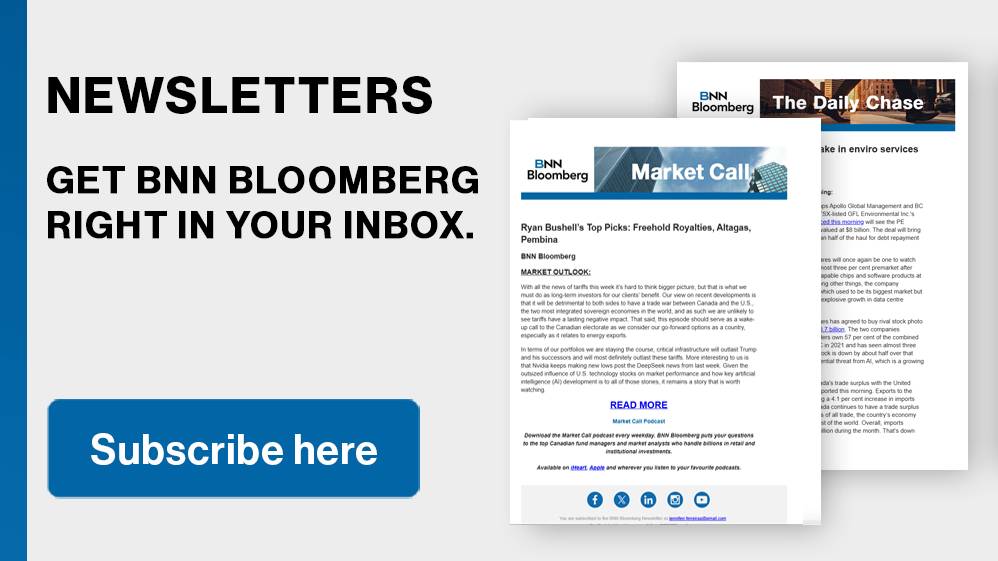(Bloomberg) -- The Australian dollar is set to extend its slide while stocks may remain supported as softer-than-expected core inflation print spurred bets for the nation’s central bank to cut interest-rates this year, analysts said.
The Aussie slumped to the weakest level since May while stocks and bonds rallied after the report. Traders priced a roughly 65% chance of a rate cut by year-end, versus 30% chance of a hike as early as next week prior to the data, according to swaps data compiled by Bloomberg.
Here’s what investors and strategists said about Australian assets:
Carol Kong, a currency strategist at Commonwealth Bank of Australia in Sydney:
“The Aussie can extend its losses as the market digests the report and adjusts pricing for the RBA policy path” but more important for the currency is the BOJ and Fed meetings, she said.
“AUD/USD may test the next support at 0.6412 if there is more AUD/JPY selling following the BOJ meeting. If the FOMC fails to signal a September rate cut as the market currently expects, that’ll also put further downward pressure on AUD/USD.”
Tim Baker, head of macro research at Deutsche Bank AG in Sydney:
“The fall in AUD makes perfect sense. The market will now think the RBA can indeed converge closer to peers on the policy rate side.” Aussie is likely to hold around these levels as “it has performed poorly for weeks now and still looks quite cheap compared to relative rates,” he said.
Alvin Tan, head of Asia FX strategy at Royal Bank of Canada in Singapore:
The soft core inflation print “is triggering liquidation of long Aussie positions, especially the popular long AUD/NZD trade,” he said. But it’s important to step back and note that Australia’s inflation remains elevated.
“So this one data point is still not enough for the RBA to start cutting rates imminently. But it certainly takes the pressure off the RBA to tighten policy further.”
Damien McColough, head of fixed income research at Westpac Banking Corp. in Sydney:
“It’s a matter of when, not if” the RBA cuts rates, he said. “Our house view has been November for the start of a relatively benign drawn out cycle. Certainly the market will factor a more Fed-like profile through 2025 now.”
Matthew Haupt, a portfolio manager at Wilson Asset Management in Sydney:
It’s a “perfect combination for equities, strong retail sales with a light CPI. REITs look good, even the shopping center ones such as Vicinity Ltd and Scentre Group.”
To be sure, “the trade doesn’t have much duration in it. Retail sales might be a pull forward due to discounting and tax cuts so want to see multiple sets of data.”
“The next hurdle for risk is BOJ.”
Chamath de Silva, head of fixed income at Betashares Holdings in Sydney:
“Trend change in domestic bond yields should be supportive for Aussie equities overall, especially some of the weaker performing sectors of late” like REITs and mid-caps, he said.
Hebe Chen, an analyst at IG Markets in Melbourne:
“While a solid disinflation trend remains elusive, the ‘longer-but-not-higher’ case should offer Australian investors a brief sigh of relief.”
“For the AUD, which is deeply in oversold territory now, the increasing risk of dipping below 64.50 US cents threatens to end its mostly upside journey since October 2023.”
--With assistance from Winnie Hsu and David Finnerty.
©2024 Bloomberg L.P.














